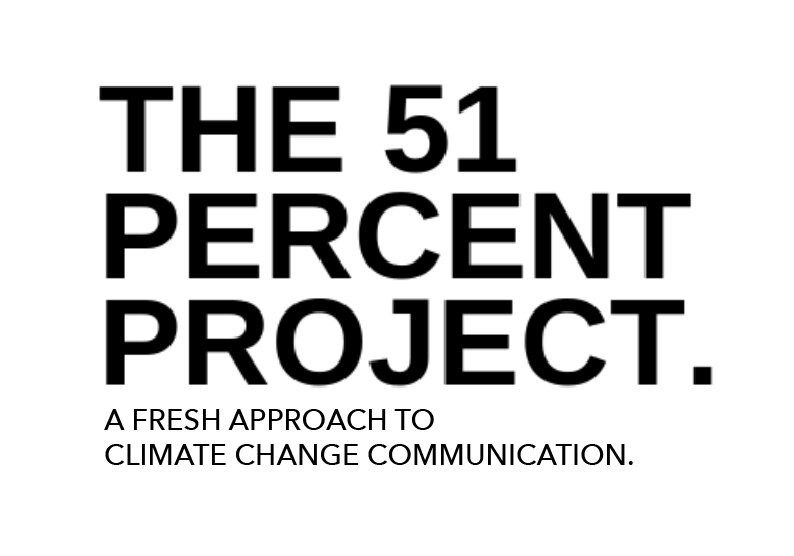People want clear, concise, evidence-based messaging. Climate change is pretty easy to explain; the facts speak for themselves: CO2 emissions have risen dramatically due to human activity, and this causes a greenhouse effect in which heat is trapped in our atmosphere and warms the earth to dangerous levels. How do we fix this? Stop emitting CO2.
Advice: Avoid jargon and technical terms. Don’t assume your audience knows a gigaton from a terrawatt. Spell out acronyms on first mention; e.g., “IPCC” is International Governmental Panel on Climate Change (IPCC). Most Americans are not fluent in Celsius/Fahrenheit. Offer metric/imperial translations; 1.5° C is 2.7°F. And every degree matters.
Every half-degree matters, scientists tell us. As world temperatures rise, rises in tandem. Sea-level-rise, for instance. The great melting processes ongoing in Antarctica and Greenland are losing a combined 420 gigatonnes per year, but regular people have no clue what a gigatonne is. (It’s a billion tons; still hard to wrap one’s head around.) This clever data visualization from NASA’s excellent Global Climate Change resource superimposes the amount on Central Park and the National Mall.
A striking data visualization can explain technical findings in seconds. Here’s a sampling of some popular ones from the burgeoning gallery available.
Climate Shift Index interactive U.S. map from Climate Central
Visualizing Energy: Data Stories to Guide and Equitable Energy Transition
Climate Spirals by Ed Hawkins; and his famous Climate Stripes
National Aeronautic and Space Administration (NASA) Global Temperature Anomalies from 1880 to 2022
National Oceanic and Atmospheric Administration (NOAA) Climate Dashboard
A Century of Global Warming in 35 Seconds
What’s Really Warming the World? Bloomberg Businessweek

